What top dressing will tomatoes like and how to fertilize them after planting
Tomato seedlings grew at home in greenhouse conditions, now you need to decide what to do after planting in the ground so that delicate plants can take root well and quickly begin to develop. Garden land is never as fertile as the soil for growing seedlings. A capricious culture may not like the conditions on the site, the task of the gardener is to help young plants adapt to a new place, for this you need to apply fertilizer to the ground correctly and on time.
What soil do tomatoes need
So that after planting the tomatoes immediately feel good, the garden must be prepared in the fall. When digging, add for each m2 8 kg of manure, 1 kg of lime and 50 g of superphosphate. During the winter, the solid components will dissolve, the manure will crush, and the earth will become evenly nutritious.
In the spring, dig up the ground again and apply to m2 30 g of phosphorus and potash fertilizers. Prepare the holes the day before planting. To immediately provide the seedlings with adequate nutrition, put 1 tablespoon of superphosphate under each bush. Sprinkle lightly with soil to keep the roots from touching the chemical.
In the greenhouse, prepare the soil in the same way. Wherever you plant tomatoes, consider the composition of the soil and previous crops when fertilizing. Legumes enrich the earth with nitrogen, after which less nitrate compounds can be added. If the garden bed was actively fertilized with manure and other organic matter last season, reduce the amount of mullein during the autumn digging.
Top dressing scheme
There are general guidelines on how to properly feed tomatoes. Each gardener can take them as a basis and adjust them depending on their conditions. For example, when growing in very poor soils or in extremely wet weather, the interval between fertilization can be halved, while the amount of solution must be reduced by a third.
You fertilized the soil well before planting the seedlings; for 2 weeks mineral fertilizing is not needed. 10 days after moving the seedlings to the garden, make a pale pink solution of potassium permanganate and pour over the bushes. In half a month, the seedlings will take root and begin to develop intensively. Stir about 20 g of ammonium nitrate in 10 liters of water and pour 1 liter under the bush.
When the first flowers appear, you need to feed with manure and azopho... Then, with an interval of 2 weeks, add organic matter and potassium sulfate 2 times. Do not forget about foliar dressing: the leaves absorb nutrients faster than when entering through the roots. If you see that the bush is missing any element, spray the plant with an appropriate solution, and on the same day you will notice positive results.
Advice
When the weather is cool and cloudy in summer, add a quarter more potassium to the fertilizing formulations than recommended. This mineral will help tomatoes survive adverse conditions.
Fertilizers
The first question of the gardener: what preparations are useful for green pets? There is no need to be afraid of chemical fertilizers. If you bring them into open ground or a greenhouse according to the correct scheme and do not exceed the norm, the fruits will grow large and tasty, and there will be no harmful components in them. Tomatoes respond best to superphosphate. If the soil is acidic, it brings the reaction closer to neutral.
The preparation includes:
- phosphorus;
- nitrogen;
- sulfur;
- calcium;
- magnesium.
Another fertilizer that tomatoes love is nitroammophoska. Its composition is visible by name: nitrogen, phosphorus, potassium.Dry mixtures must be diluted in water, as indicated in the instructions, if necessary, add other minerals or trace elements and spill a hole around the bushes. Do not forget that top dressing is the food of plants, after which they need to drink. When you finish applying the solution to the soil, water the bed well with water.
If you want to spend urea feeding, in no case pour the solution under the root. This medication can only be used for spraying. To harvest large tomatoes, use nitrate for dressing. Remember that this substance slows down maturation. If you need an early harvest, use a spray composition: 10 g of potassium sulfate, urea and superphosphate for 10 liters of water. After such foliar feeding, the fruits develop very quickly.
Advice
When choosing fertilizers for tomatoes give preference to those compositions in which the percentage of nitrogen is not very high.
Tomatoes need phosphorus for root development and fruit formation. When you notice that on the leaves purple spots appeared, be aware that the bushes lack this component, without it nitrogen and other minerals and trace elements will not be absorbed and plants will not receive the required amount of nutrients. Potassium is needed for the development of strong stems and for the absorption of carbon dioxide. The lack of this component is indicated by the dying off of the lower leaves. If you take a fertilizer that contains enough phosphorus and potassium, the fruits will be large, tasty, and ripening will be friendly.
Organic fertilizers
The essential nutrition for any plant is organic. In specialized centers you can purchase a mixture for feeding nightshade crops. Often live microorganisms are added to such formulations, which process plant residues, after which the mixture becomes more convenient for assimilation.
You can also apply what can be found at the summer cottage and in its vicinity:
- manure;
- compost;
- ash;
- humus;
- peat;
- bird droppings.
If you do not plan to use mineral fertilizers, feed the tomatoes only with organic matter. With this method, you need to use a special scheme. Dilute no more than 50 g of manure or bird droppings in a bucket of water. Pour this compound for the first time when planting in open ground or in a greenhouse and repeat every 10 days. For mulching, you can use sawdust soaked in an aqueous solution of urea.
Very tomatoes like regular yeast... Take 1 packet of instant dry concentrate, add 2 tbsp. tablespoons of sugar and a little warm water. Let the solution sit for about 2 hours, then pour it into a bucket of water. When watering, add a half-liter can of yeast mixture to each watering can.
Advice
If the soil is low in calcium and magnesium, crush the eggshells, cover with water and keep covered until a strong odor appears, about 2 weeks. For watering for 3 liters of water, add 1 liter of solution.
Too much food is also bad
To get a rich harvest, gardeners sometimes try to put too many nutrients in the soil. They believe that chemicals are harmful, and there will be no harm from manure and compost. A man laid almost a mullein machine in the garden bed, and in the fall he complains about how ungrateful tomatoes he came across - with such food they gave little fruit. The owner is to blame: an excess of fertilizer is just as harmful as a deficiency.
Tomatoes do not like soil that is too fat, oversaturated with mineral components. When the site is located on solid black soil, it is not necessary to add manure to it when digging, it is better to add sand. Even on ordinary soils with organic matter, you must observe the measure. The maximum amount of mullein feeding is 3 times per season.
With an excess of nitrogen, tomatoes will begin to intensively develop a green mass. The plant will not have enough strength for the development of lush leaves, a large number of stepsons and many fruit brushes.Even with a limited amount of nitrates, they may not be absorbed if the soil is low in phosphorus. While the bush is developing, feed it with complex fertilizer, limit nitrogen when flowering and developing fruits.
Output
Tomatoes require nutrients, but every gardener should make adjustments to the general recommendations. The basic rules for how tomatoes should be fertilized are the same for growing in a greenhouse and for growing outside. If a lot of manure was laid under the previous crops, after that, during the autumn digging, the dose of organic matter can be reduced. In addition to the main nutrient components - phosphorus, potassium and nitrogen - tomatoes also need other minerals and trace elements. Enrich the soil with those substances that are present there in insufficient quantities.
When planting, place a small amount of ash, manure or mineral fertilizer in the hole. The next feeding will need to be done in half a month. When flowering, choose preparations with a predominance of phosphorus, and when pouring fruits - potassium. Tomatoes respond very well to foliar feeding, the leaves quickly absorb nutrients. Do not forget to feed your tomatoes well and correctly, and they will feed you delicious juicy fruits in the fall.


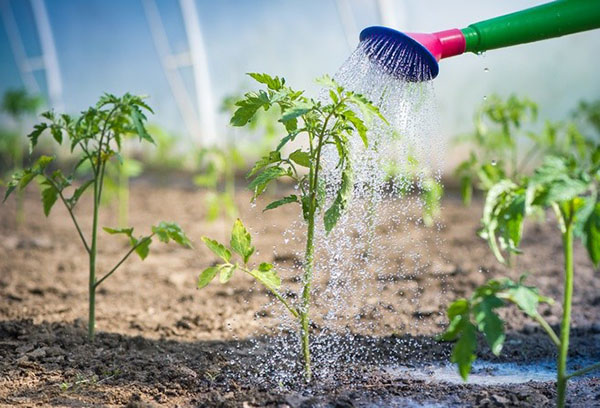

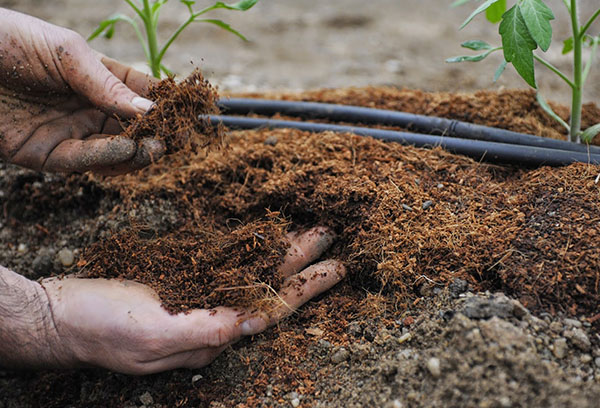
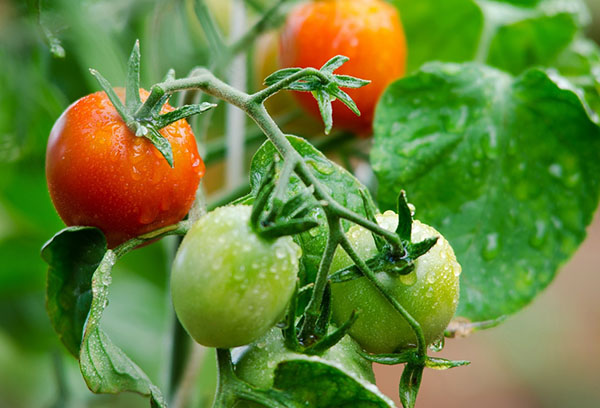

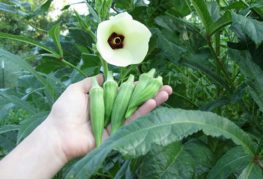
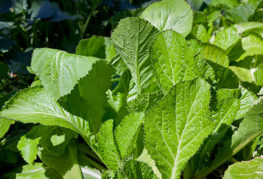
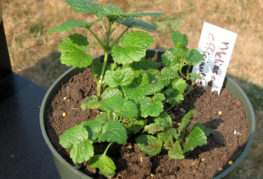
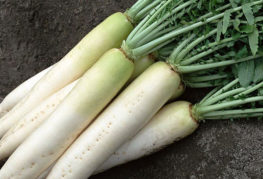
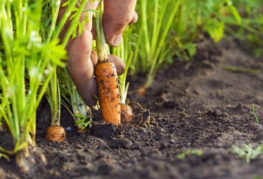
and will be published shortly.